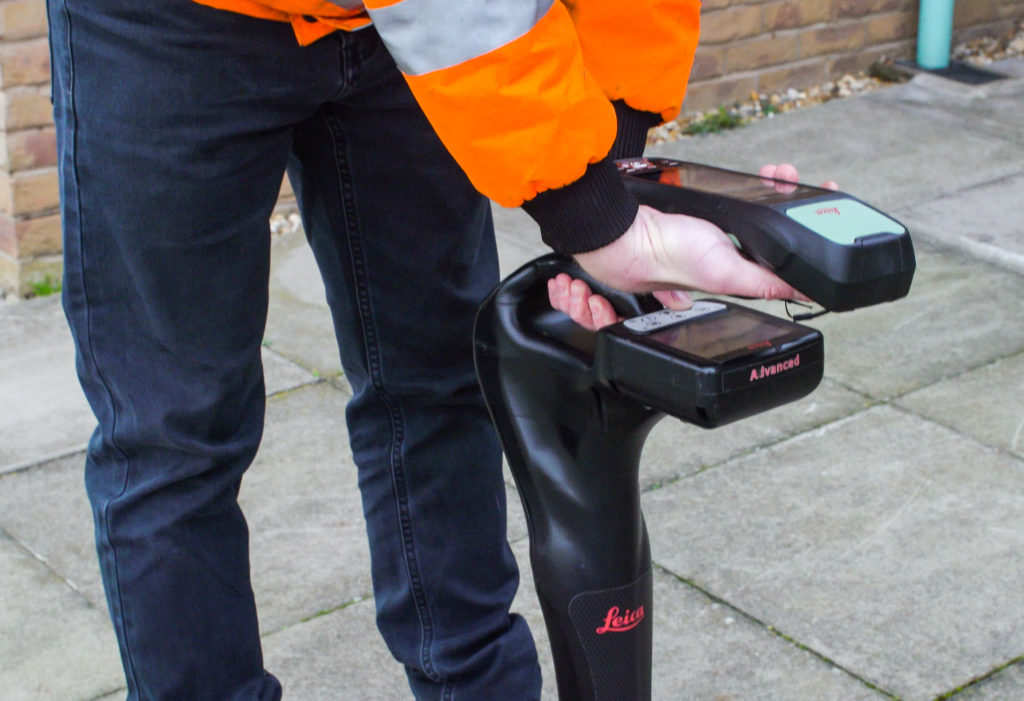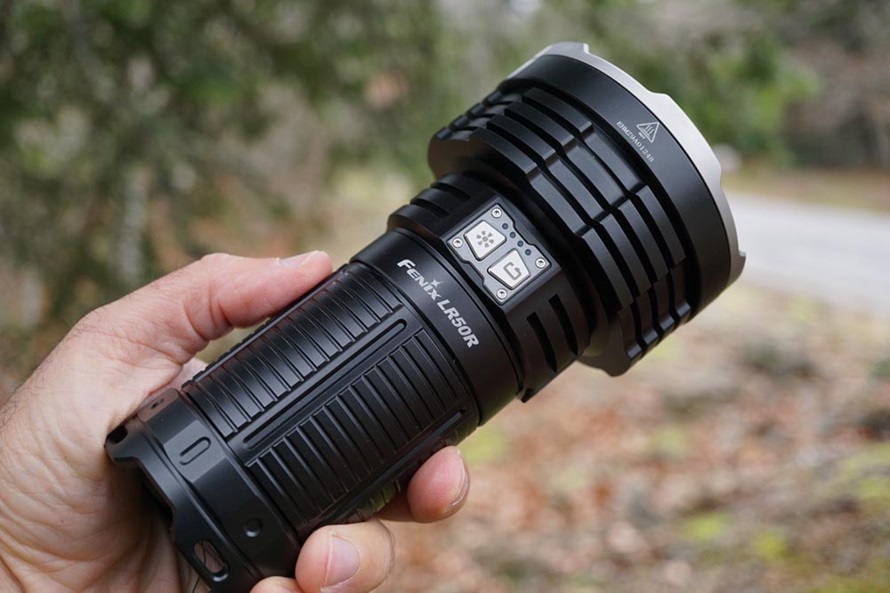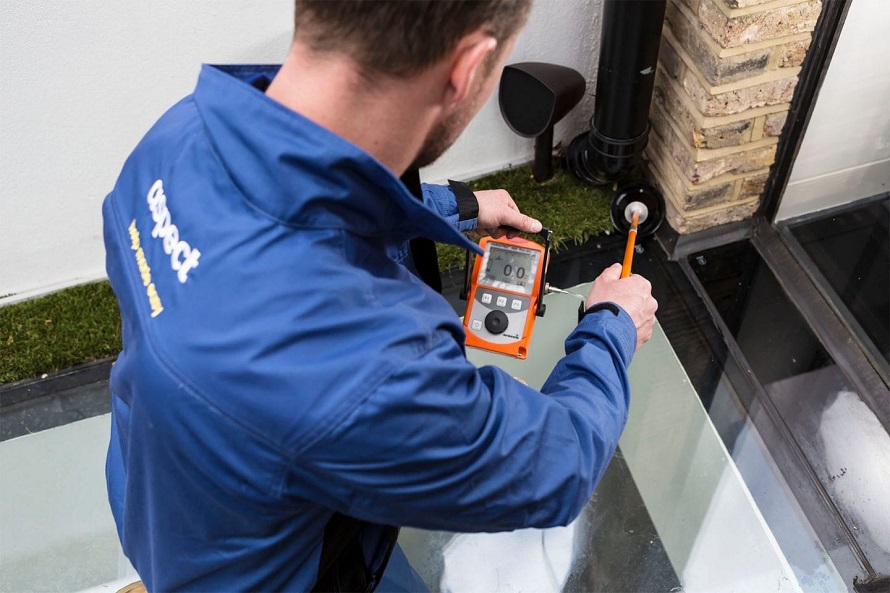Electronics
The Whats and Hows of Underground Cable Detectors
Nothing puts a stop to outdoor work faster than finding random cables underground. Most people don’t think about the cables that power their neighbourhood until something goes wrong. Suddenly, there’s a big hole in the ground and no power to be found. What happened? Chances are, someone hit a few cables with their shovel while digging. This can cause some serious damage and a whole lot of inconvenience for those who live nearby.
When it comes to construction, using underground cable detection equipment is a critical step in the process. You need to be able to identify where they’re buried before you can start digging. This is where a precise underground cable detector comes in handy because it helps you pinpoint their exact position. Let’s dive in to see how this tool may help your constructional endeavours.
What Is an Underground Cable Locator?
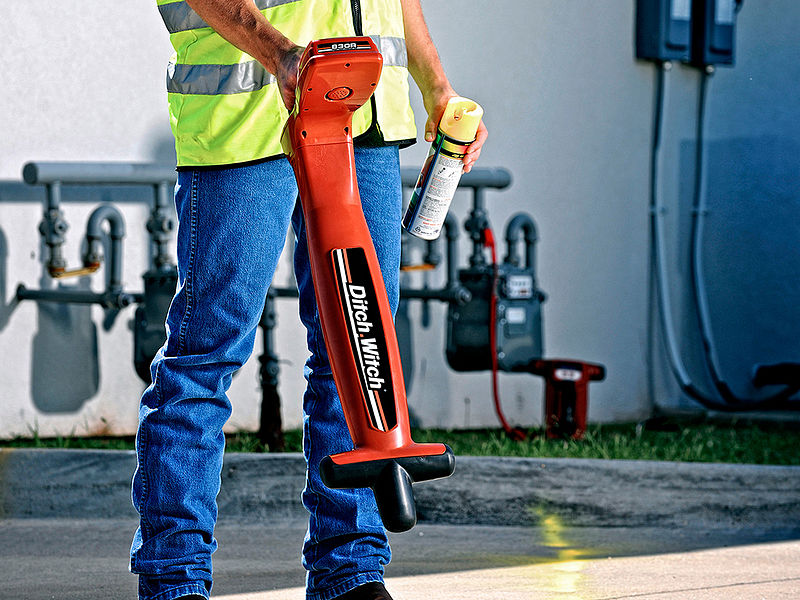
In short, an underground locator is a device that helps you detect buried cables, pipes and other utilities. This is quite useful because it helps you avoid hitting or damaging these utilities while digging or excavating. Such mishaps are quite expensive to patch up and may slow down the construction process considerably.
Luckily, reliable underground locators can help you avoid these issues. The devices emit electromagnetic fields, sound waves, or pulses of radiofrequency energy into the ground. When these waves hit a metallic or non-metallic utility, they are reflected back to the surface. The locator then picks up on these reflections and uses them to create a map of what’s beneath the ground. You may use this map later on to work out your digging and construction plan.
What Are the Different Types of Cable Locators?

There are two major types of underground cable locator, depending on the type of signal they emit.
Single-Frequency Locators
As you may have guessed by the name, these devices only emit one frequency of energy, typically between 50 and 60 Hz. This setup may be easier to navigate for homeowners, providing a fast and effective way of detecting underground utilities. They’re quire useful for general mapping but they can have trouble locating smaller objects.
Multi-Frequency Locators
On the other hand, multi-frequency locators emit a range of frequencies, usually between 500 Hz and 30 MHz. As a result, they offer more options when it comes to detecting different types of cables in specialised conditions. This makes them better at finding small objects due to their precision, but they can be more difficult to use for the general population.
What to Consider When Choosing the Right Cable Locator
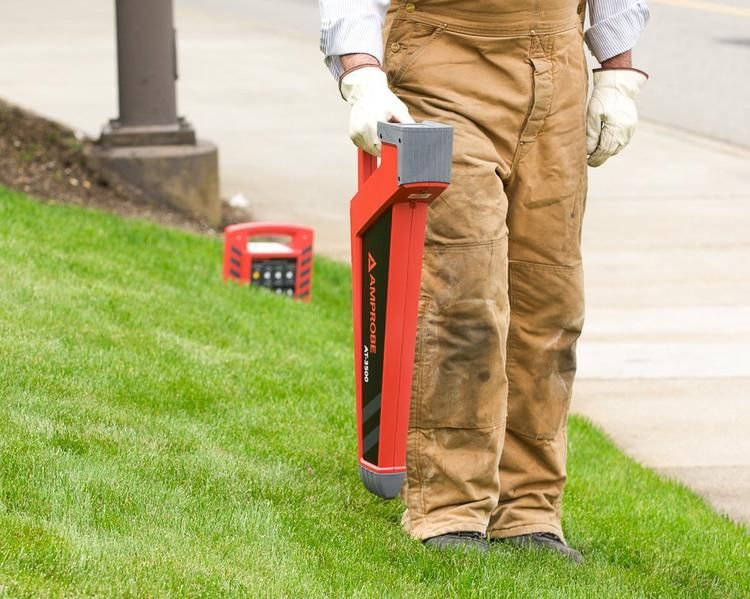
Apart from the signal frequency, there are several other factors you should keep in mind when shopping for an underground cable detector.
Strike Alert
This technology sends out alerts every time your device comes across an underground cable or pipe. In most cases, it’ll either vibrate or produce a loud noise when you get close to a buried object. All of this makes detecting underground utilities much easier and more efficient, which saves you a lot of time and effort in the long run.
Depth Estimation
While most underground detectors are able to pinpoint the estimated location of utilities, some go so far as giving you an estimated depth so that you have a better idea of where the cable or pipe is. This can be helpful if you’re trying to avoid hitting utilities that are too deep for your shovel.
GPS/GNSS
This is short for Global Positioning System/Global Navigation Satellite System, which gives you access to positional data so that you can log into your records. In this way, you’ll have full overview of how and where your device has been used. Not only does this feature help with training, but it improves traceability as well.
Additional Accessories
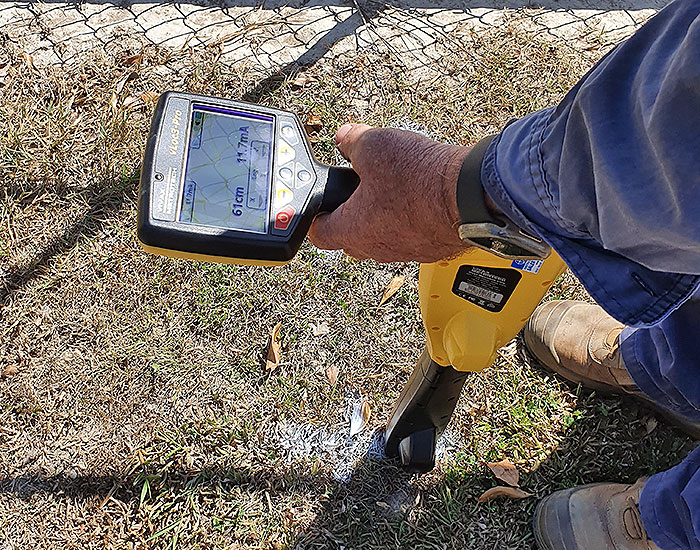
In addition to the underground cable detector itself, there are a few other things you might need to improve its functionality and boost your safety.
Signal Generator
This device produces the electromagnetic wave or pulse that allows your locator to be traced. Signal generators result in greater precision and accuracy, both of which are extremely helpful when digging or excavating.
Signal Clamps
The clamps go hand in hand with the generator. Their main purpose is to direct the signal from the generator along the cable or pipe underground.
Flexitrace
This is essentially a flexible rod that’s used to trace the path of a buried utility. It’s particularly convenient because it detects objects made of non-conductive materials too, such as PVC or plastic. Seeing as not all utilities are inherently conductive, this may prove useful in more ways than one.
Sondes
Sondes are small cylindrical devices that are attached to the end of the Flexitrace. They emit sound waves that help you determine the location of the buried utility with greater accuracy.
Carry Bag
Last but not least, you can’t have all of this equipment lying around in your home. If you want to keep things organised, make sure you get a specialised carry bag with multiple compartments so that you can store all of your essentials. Whenever you need to move to a different location in the future, simply pack your bag and you’ll be ready to go.


